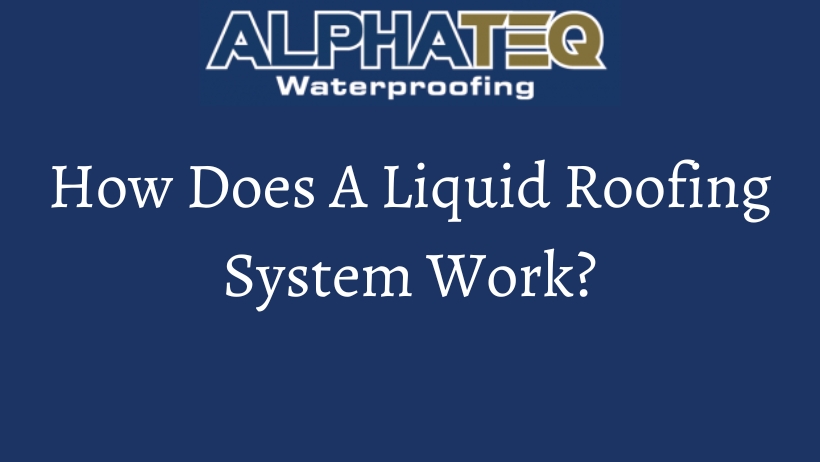I agree Our site saves small pieces of text information (cookies) on your device in order to deliver better content and for statistical purposes. You can disable the usage of cookies by changing the settings of your browser. By browsing our website without changing the browser settings you grant us permission to store that information on your device.

Liquid roofing systems create a waterproof seal by applying a liquid coating to the surface of a roof. This liquid coating can be derived from various materials. Most often the liquid coating is made from; polyurethane (PU), polyurea or rubber. The normal way to apply a liquid waterproofing system is with a roller or through using a spray. A spray is most often used with polyurea coatings, but for rubber and PU liquid coatings a roller is normally used.
Liquid roofing systems can be used on both brand new or existing systems. This means liquid coatings can be used to both prevent a full roof replacement on a roof which has failed and for patch repairs. When used on existing failed roofs, the liquid coating will encapsulate the failed system. This renews the waterproofing seal and obviously extends the lifespan of the roof. When a liquid coating is used to cover a failed roof, it is known as a liquid overlay.
In all use cases, the premise is once the liquid coating has cured a seamless waterproof barrier over the roof surface will be created. Not only will this waterproof barrier protect the substrate of the roof and the building below from water. It will also protect the roof from UV rays and in some circumstances, offer fire resistance. Some liquid roofing solutions can also improve the energy efficiency of buildings.
Due to the simple nature of the installation and being able to apply the liquid coating with either a brush or a spray. Liquid has become a popular option with both building owners and contractors. The key positives enjoyed from this simplicity are; a less disruptive process (especially if the flat roof is coated with a cold applied liquid), faster installation and less contractor risk.
The reason for less contractor risk is; the complexity of the installation is lower. Therefore, the skillset of each roofer is not as critical to a successful installation. This is compounded by the fact of the liquid coating creating a seamless waterproof barrier. Eliminating seams from a roofing system, means arguably the most vulnerable part of the roof is removed. This means there are less opportunities for water to penetrate the substrate. The result is less chance of leaks and water damage.
An additional point which should be understood with liquid applied roofing systems is as follows; polyurethane liquid coatings are robust enough to deal with heavy traffic. This makes them ideal for the repair and replacement of failed loading decks or flat roofs which endure a lot of foot traffic. PU liquid systems such as MPM Starflex Mono Tix 100 can be finished with a top coat to provide the hardness and anti-slip properties required for a heavy used roofs.
In summary, the way in which a liquid roofing system works provides both building owners and contractors with several advantages when compared against traditional roofing systems. These are versatility, ability to deal with complex detailing, fast installation and in the case of PU liquid, excellent durability.
If you are a building owner or a contractor who would like any advice on liquid waterproofing systems for your project, please do not hesitate to get in touch. You can contact us through our web form or by calling us on 01277 503 110, one of our liquid waterproofing specialists will be happy to assist you.